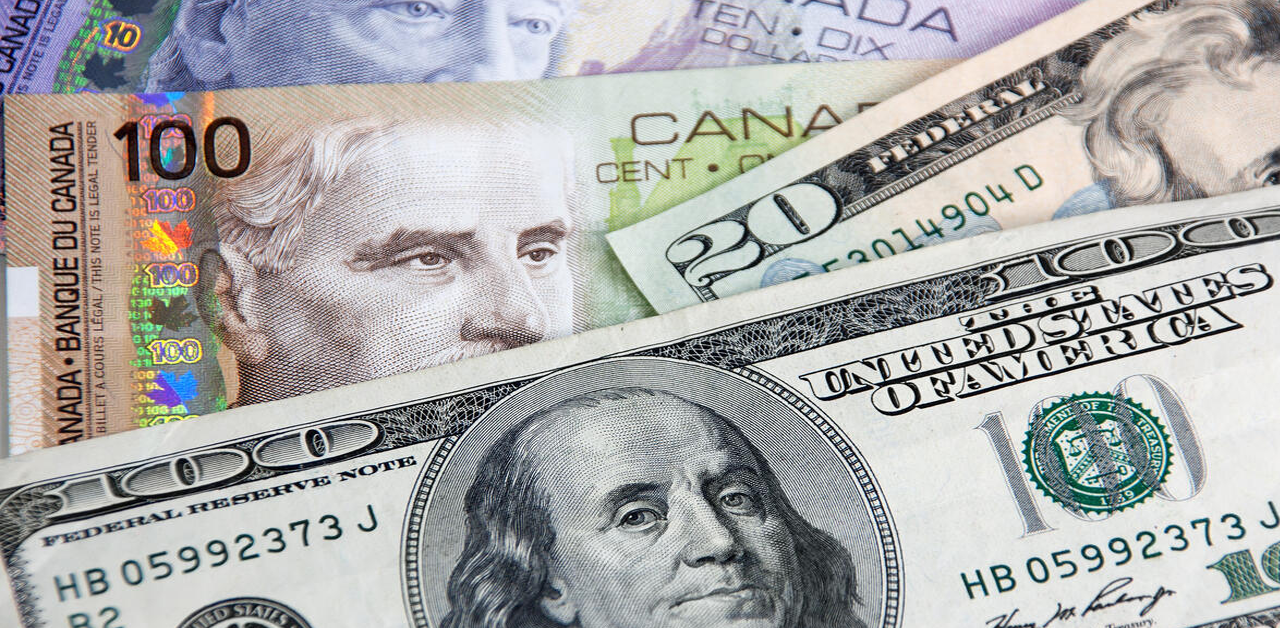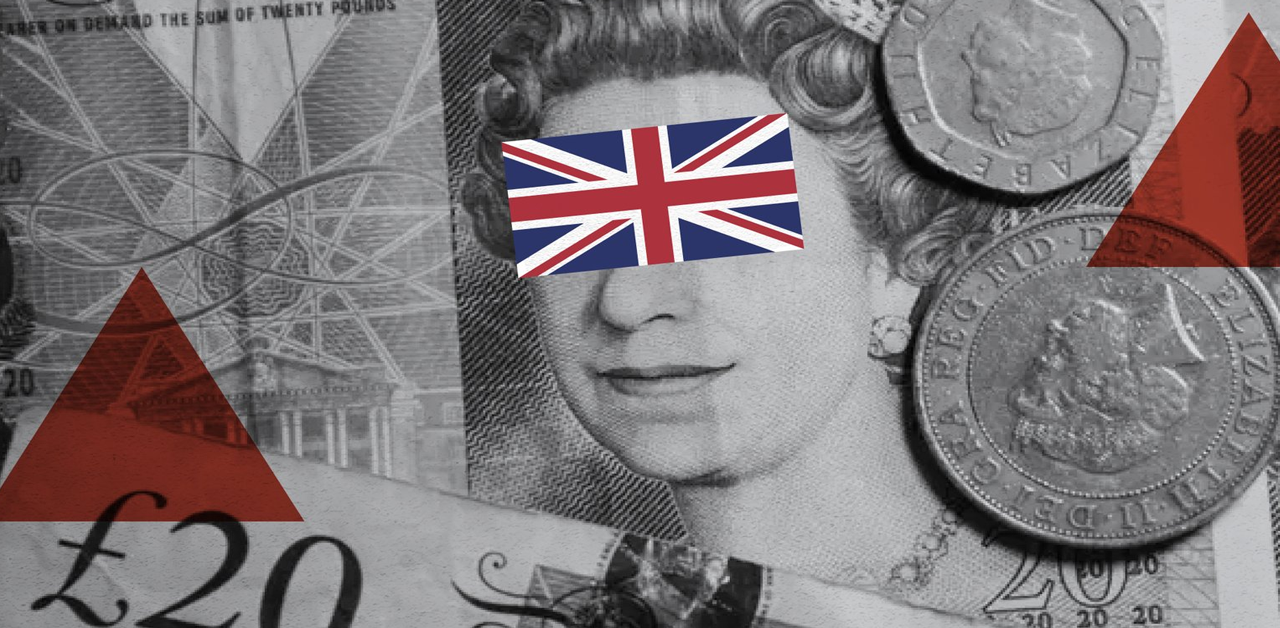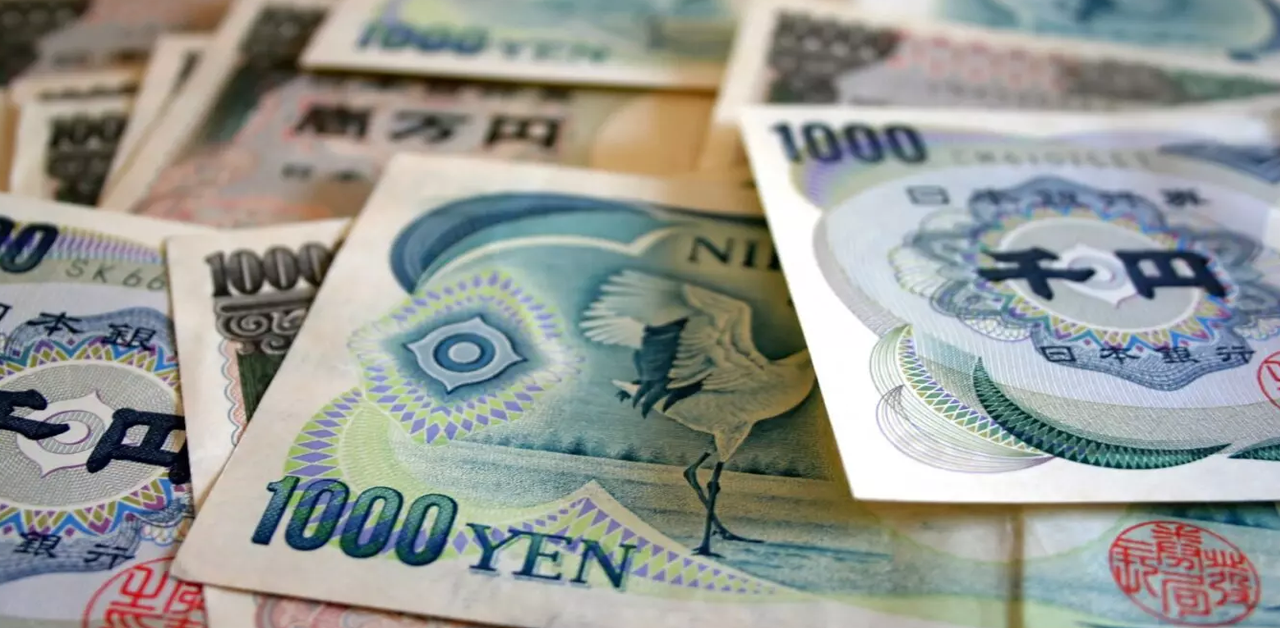The Japanese Yen (JPY) opened the week with fresh selling pressure, giving up early gains despite a bullish gap in Monday’s Asian session. The currency remains weighed down by domestic political uncertainty following Sunday’s upper house election, which dealt a significant setback to the ruling coalition. The loss raised fears of fiscal slippage, with opposition parties pushing for increased government spending and tax cuts.
The weakened political mandate of Prime Minister Fumio Kishida’s Liberal Democratic Party (LDP) and its junior partner Komeito — which now lack a majority in both legislative chambers — could paralyze policy-making. This setback comes at a critical time, with Japan still trying to negotiate a trade deal with the United States ahead of the August 1 deadline for new tariffs. Failing to reach a deal would expose all Japanese exports to the US to a 25% levy, especially amid ongoing tensions over Japan’s protection of its domestic rice market.
Amid this political uncertainty, the Bank of Japan (BoJ) is likely to remain on hold. Historical precedent suggests the central bank tends to delay key policy decisions during periods of instability. With Japan also grappling with slowing growth, declining real wages, and signs of cooling inflation, expectations for near-term rate hikes have faded further — a development that continues to undermine the JPY.
JPY Bearish Outlook Persists Despite USD Headwinds
While the fundamental backdrop remains negative for the Yen, external factors are capping USD/JPY upside for now. Uncertainty around US President Donald Trump’s unpredictable trade policies continues to support the JPY’s traditional safe-haven appeal. At the same time, subdued US Dollar (USD) momentum — amid dovish comments from Federal Reserve officials — is limiting gains in the USD/JPY pair.
Fed Governor Christopher Waller’s remarks last week reinforced market expectations for a potential rate cut in July. However, strong US inflation data, partly driven by higher import tariffs, has led markets to anticipate the Fed will delay any immediate action, possibly until September. Traders are now pricing in the likelihood of a 50 basis point rate cut by the end of 2025.
With Japanese markets closed on Monday for Marine Day and no major US economic data scheduled, the USD/JPY pair is expected to trade in a narrow range, largely driven by USD sentiment. Later in the week, traders will look to global flash PMI readings for further direction, which could influence demand for the safe-haven Yen.












